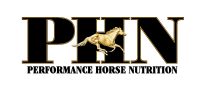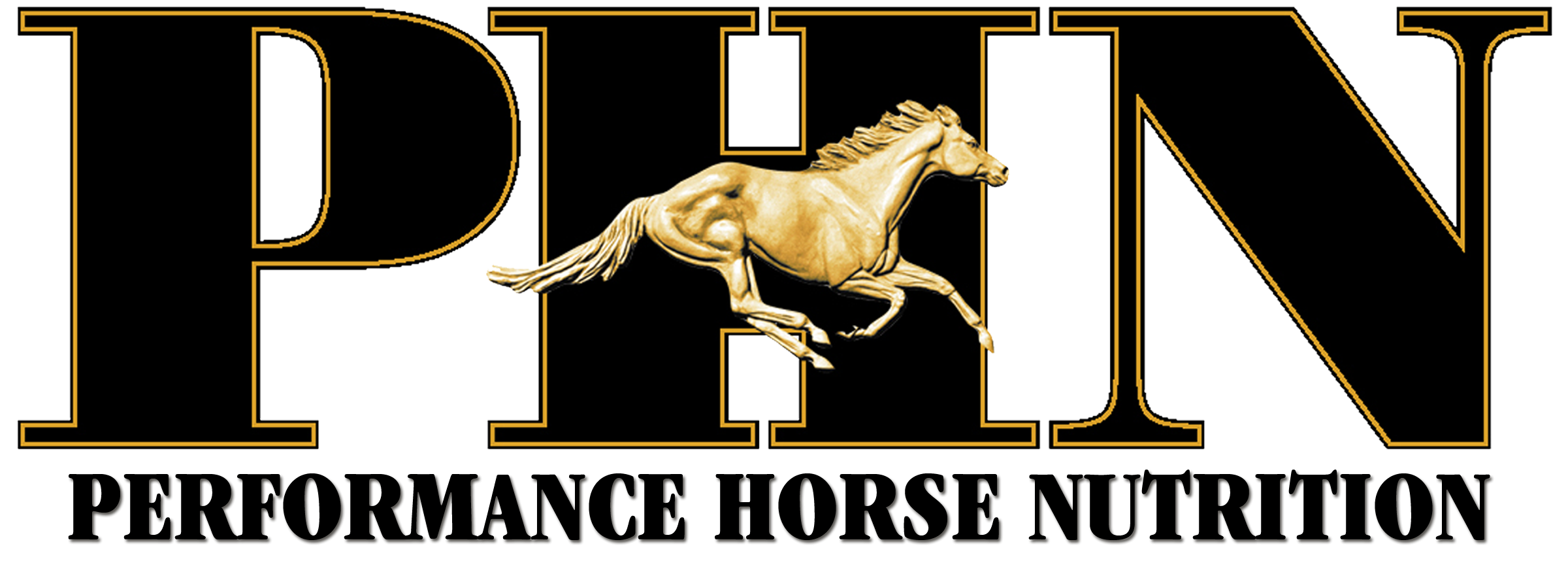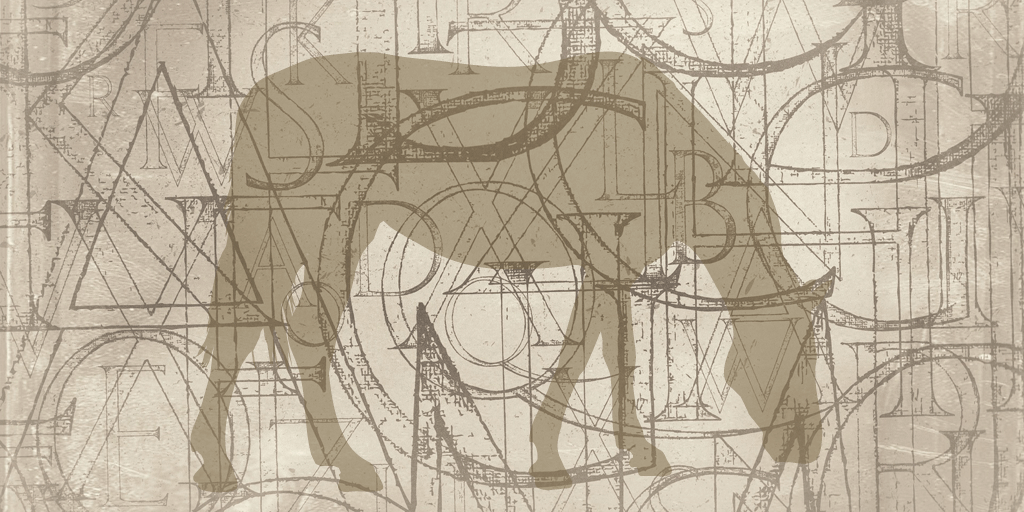understanding
ALPHABET DISEASES
IN HORSES
-performance horse nutrition-
FEBRUARY 2019

Written by
Dr. Stephen Duren & Dr. Tania Cubitt – Performance Horse Nutrition
We all know people that have horses suffering from various diseases or conditions referred to by abbreviations or acronyms. For example, my horse has HYPP, EPM or COPD. All these diseases have scientific names that are often long and cumbersome. Referring to diseases with abbreviations is certainly easier, but what are these diseases? Can any of these diseases be improved with nutrition? Listed below are several “alphabet” diseases along with their cause and nutrition treatment if any.
DOD – Developmental Orthopedic Disease
The term Developmental Orthopedic Disease (DOD) is used to describe a number of growth problems resulting from alteration in normal bone formation. Horse owners may not recognize the term DOD, but will recognize the many conditions that are included under this broad terminology. Currently, DOD includes: 1) physitis, previously referred to as epiphysitis 2) osteochondrosis, 3) acquired angular limb deformities, 4) flexural leg deformities, 5) bone malformation and 6) juvenile arthritis. Each of these conditions can result in lameness, swelling, joint damage, and crooked or misshapen legs. These can occur at any time during the growth cycle of the horse and may even become evident after the horse has matured and enters training. DOD can be caused by a number of factors including genetics, rapid growth, mechanical stress and trauma, exercise, nutrition imbalances, and endocrine factors. Of all the factors known to cause DOD in young horses, nutrition is perhaps the easiest variable to control. Unfortunately, many horse owners are overwhelmed by the complexity of balancing dozens of nutrients known to be important in equine nutrition.
To simplify, pregnant mares and young growing horses should be fed diets formulated specifically for these types of horses. Feeding a “Senior” diet to a pregnant mare or to a growing horse will not deliver essential nutrients that will lessen the chances of getting DOD.
HYPP – Hyperkalemic Periodic Paralysis
The term Hyperkalemic Periodic Paralysis (HYPP) is used to describe a genetic disorder for a specific protein that regulates sodium and potassium at the cellular level, particularly in the muscle cell. This genetic disorder originated as a point mutation in the Quarter Horse stallion – Impressive. If this protein is defective, it fails to keep the proper amount of potassium inside the cell. If potassium is allowed to leak out of the cell, it leads to continuous muscle contraction. Affected horses have muscle twitching that is evident down the rib cage and into the flank. In severe cases, horses may have muscles that contract with such force they become tetanic and the horse may actually suffer paralysis. Treatment and management of horses with HYPP focus on attempts to keep potassium concentration in the blood within normal ranges. Maintenance of normal blood potassium can be accomplished by any of the following methods: forcing potassium back into the cells, eliminating excess extra cellular potassium from the body via the urine or limiting the dietary intake of potassium. The first two techniques require veterinary intervention. However, the most beneficial technique in controlling HYPP is limiting the dietary intake of potassium. To limit dietary intake of potassium requires an understanding of the potassium content of different feeds provided to horses. By far the biggest intake of potassium originates from hay, since many sources of hay contain up to 3% potassium. In general, alfalfa hays tend to contain more potassium compared to grass hays, but the only sure way to know the concentration of potassium in hay is to have it analyzed. Soaking hay in water for 30 minutes prior to feeding it to the horse will leach some of the potassium out of the hay, but will not eliminate all potassium. Beet Pulp is a fiber source for horses that is also low in potassium content. Soaking and rinsing beet pulp prior to feeding further eliminates potassium content and provides a low potassium fiber source for horses. Grains typically are low in potassium content while molasses is very high in potassium (4%). Therefore, a diet of low potassium hay, oats, soaked beet pulp and a protein, vitamin and mineral supplement pellet is a good dietary option for HYPP horses.
EPSM – Equine Polysaccharide Storage Myopathy
PSSM – Polysaccharide Storage Myopathy
These diseases are commonly recognized in Quarter Horses, Paints, Warmbloods, Arabians, Morgans and various Draft breeds. Affected horses routinely develop stiffness, painful muscle contractures, profuse sweating, and elevated respiratory rates during or following exercise. The general term for these symptoms is tying-up. In severe cases, horses may be unable to move their hindquarters after exercise, and muscle breakdown results in dark urine due to the release of myoglobin. Muscle cell damage also releases muscle enzymes (CK and AST) into the blood, and this is often used as a diagnostic tool to determine if a horse has tied-up. Horses may be in such pain with tying-up that they will paw and roll resembling colic. Other terms for tying-up include azoturia, Monday morning disease, exertional rhabdomyolysis, and chronic intermittent rhabdomyolysis. Horses with EPSM or PSSM accumulate abnormal polysaccharide and large amounts of glucose and glycogen in their muscle. Affected horses appear to have a more rapid intramuscular uptake of blood glucose compared to normal horses. EPSM and PSSM are diagnosed by presence of clinical signs and by taking and sending a muscle biopsy to a laboratory for analysis to con- firm abnormal polysaccharide. Since these horses have a profound ability to take sugar and starch from the diet and store abnormal amounts in the muscle, dietary treatment involves lowering the starch and sugar intake of the horse. Diets that are high fiber, high fat while being low in sugar and starch provide profound benefits in minimizing occurrence of the disease.
EPM – Equine Protozoal Myeloencephalitis
This disease is characterized by incoordination, lameness and ataxia in horses. It is caused by a single-celled protozoan (Sarcocystis neurona) that infects the horse’s central nervous system. The infection causes inflammation of the brain and spinal cord leading to the incoordination, lameness and ataxia. Horses are infected by accident through the ingestion of opossum feces. The opossum serves as the host to this protozoan parasite. EPM has received intense research interest during the past ten years. Progress has been made to increase the accuracy of diagnosis of the condition and positive steps are being taken to develop a vaccine for EPM. Treatment of the disease remains difficult. New research is showing promise in the use of the daily wormer -Strongid C for the treatment of this disease. Nutritionally, keeping horses away from opossum feces- contaminated hay or grass is a good practice. Supplementation with vitamin E to aid neurologic function may also be warranted in infected animals.
COPD – Chronic Obstructive Pulmonary Disease
RAO – Recurrent Airway Obstruction
These diseases involve the respiratory system and influence the breathing of the horse. Both diseases have a number of symptoms including: chronic cough, labored breathing, nasal discharge, lack of stamina, poor response to antibiotics and weight loss. Horses with severe breathing problems my develop a condition known as “heaves” in which they have difficulty both inhaling and exhaling. Both COPD and RAO result in a hyper-active airway with inflammation and swelling which narrows the air passage. COPD and RAO are caused by prolonged exposure to respiratory irritants. The list of potential irritants can include dust, mold spores, and pollen. It is very common for horses that are confined to stalls to develop respiratory conditions. Treatment options include inhaled vasodilators, bronchodilators, corticosteroids, acupuncture and environment management. With environmental management, the horse should be kept in a “dust-free” environment. This means eliminating time spent in a barn, using only dust-free bedding, such as paper, and providing dust-free feed. To make feed dust-free, hay can be soaked in water prior to feeding; grains can include molasses or fat to quiet any dust and horses should consume as much pasture as possible instead of hay.
These are just a few of the “alphabet” diseases that influence the health of horses. Many of the symptoms for certain diseases can be made better with proper nutrition management.

